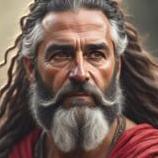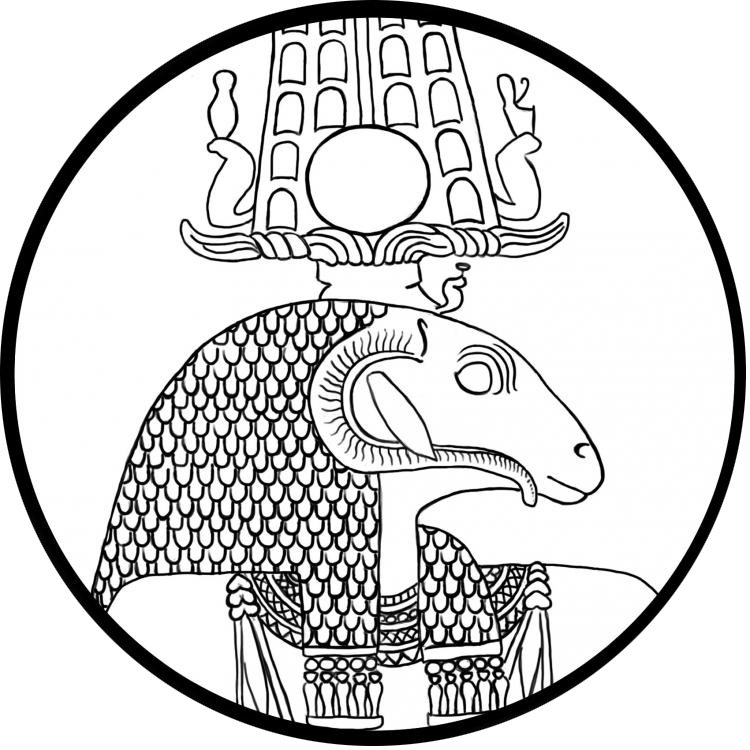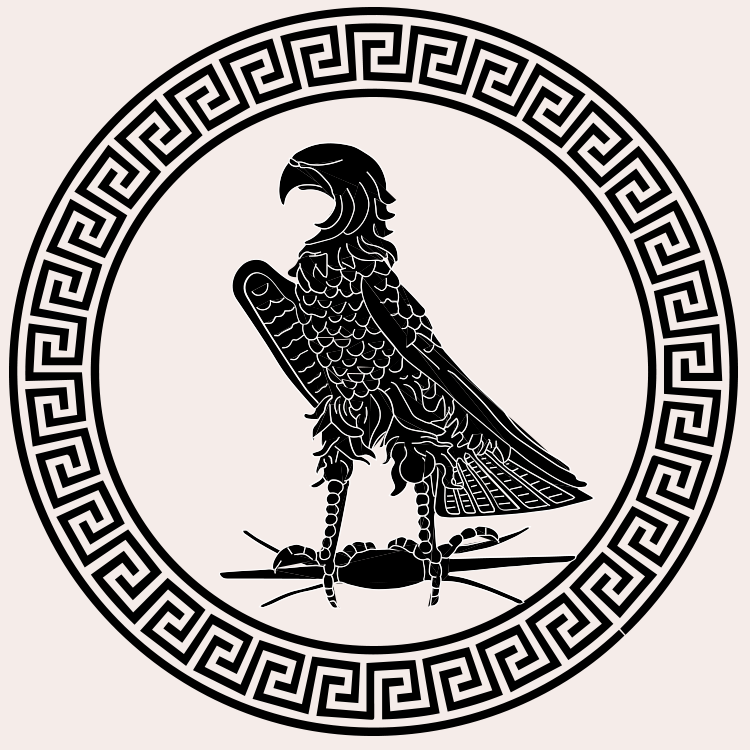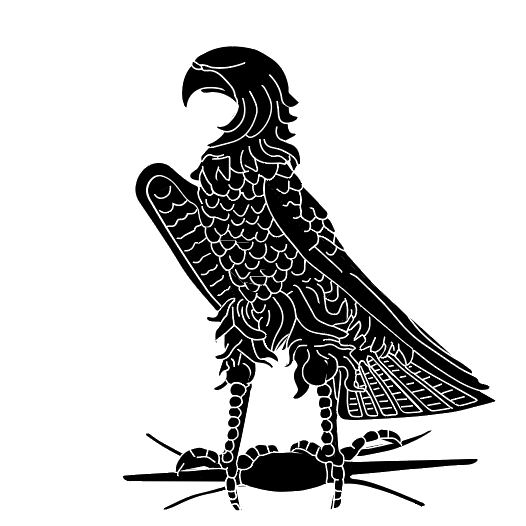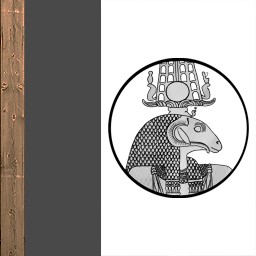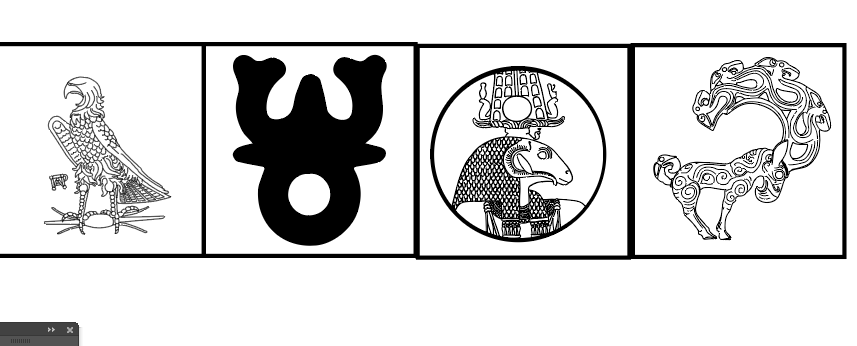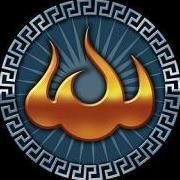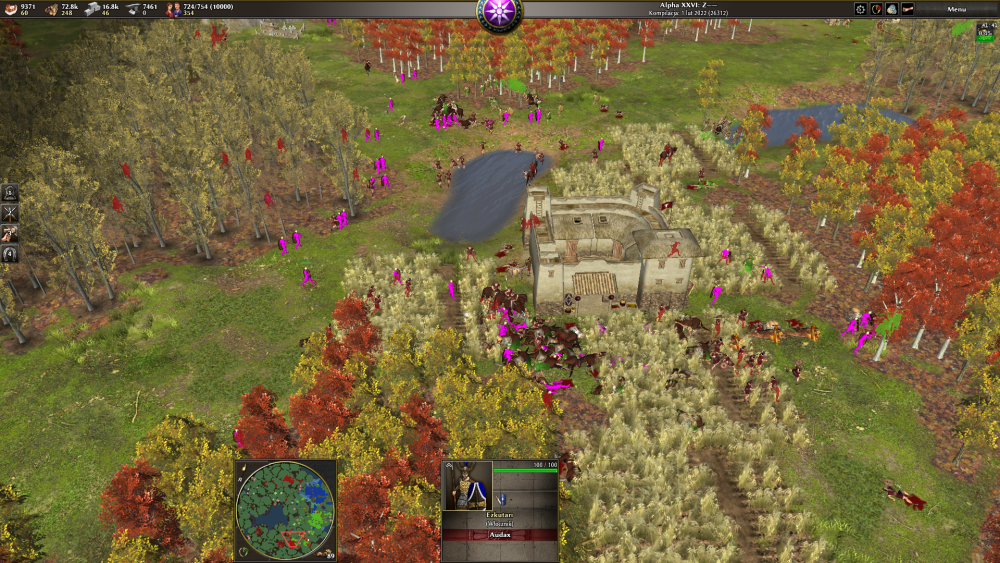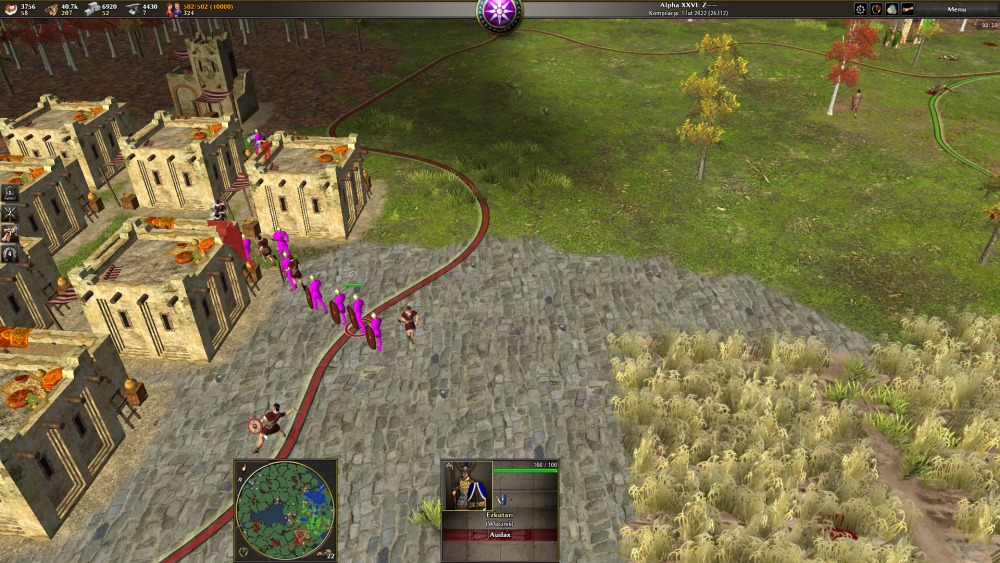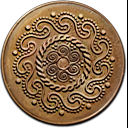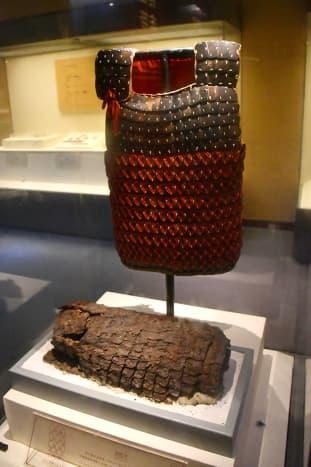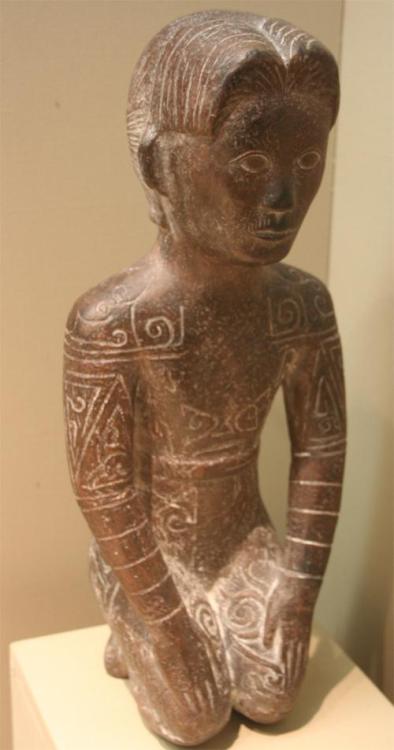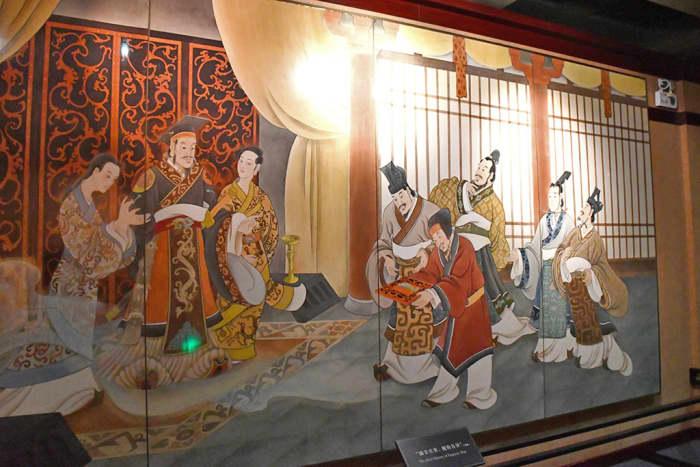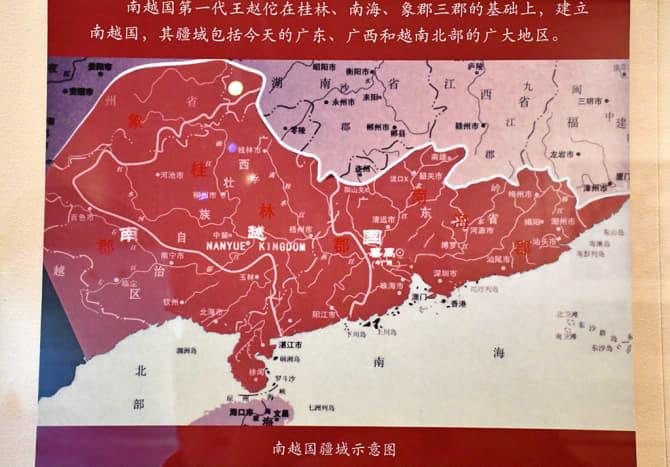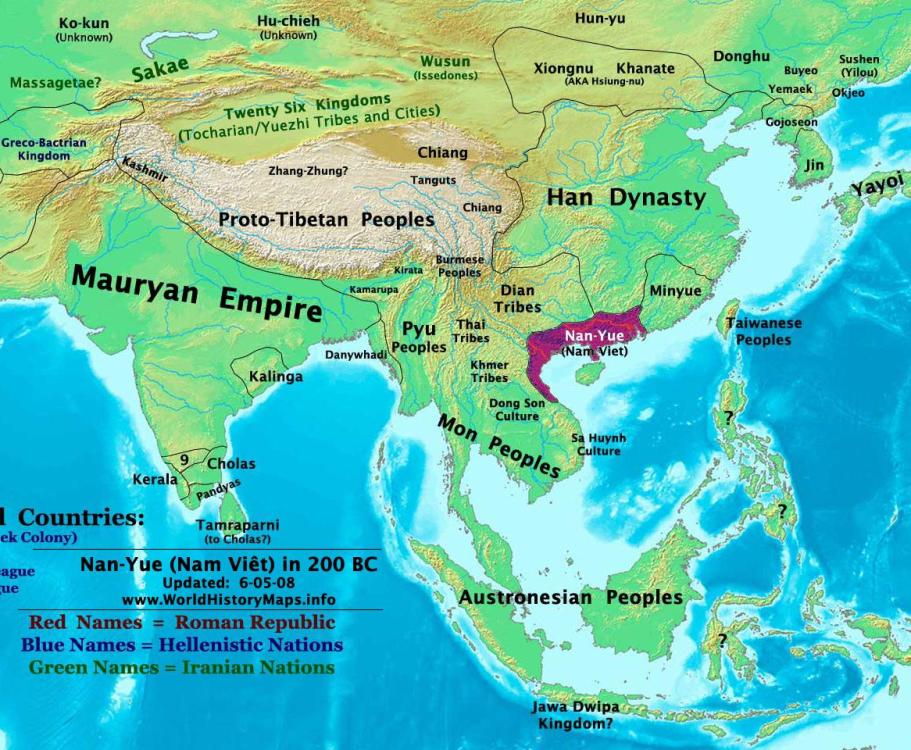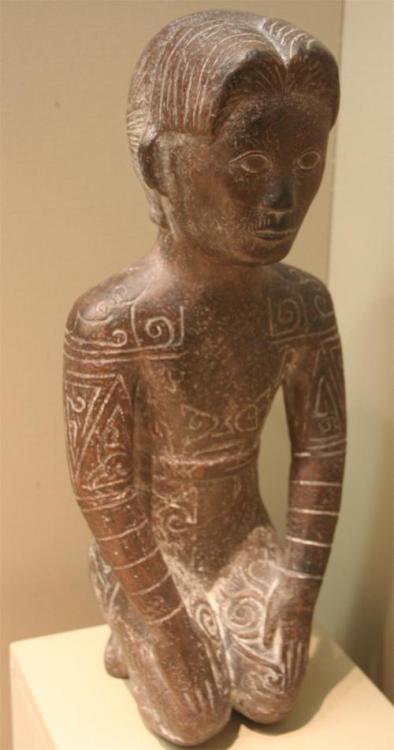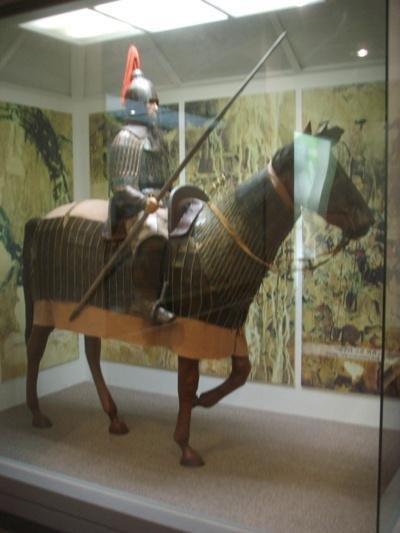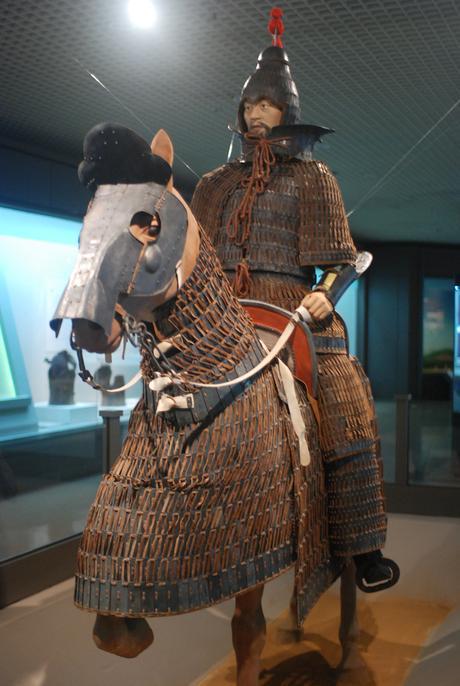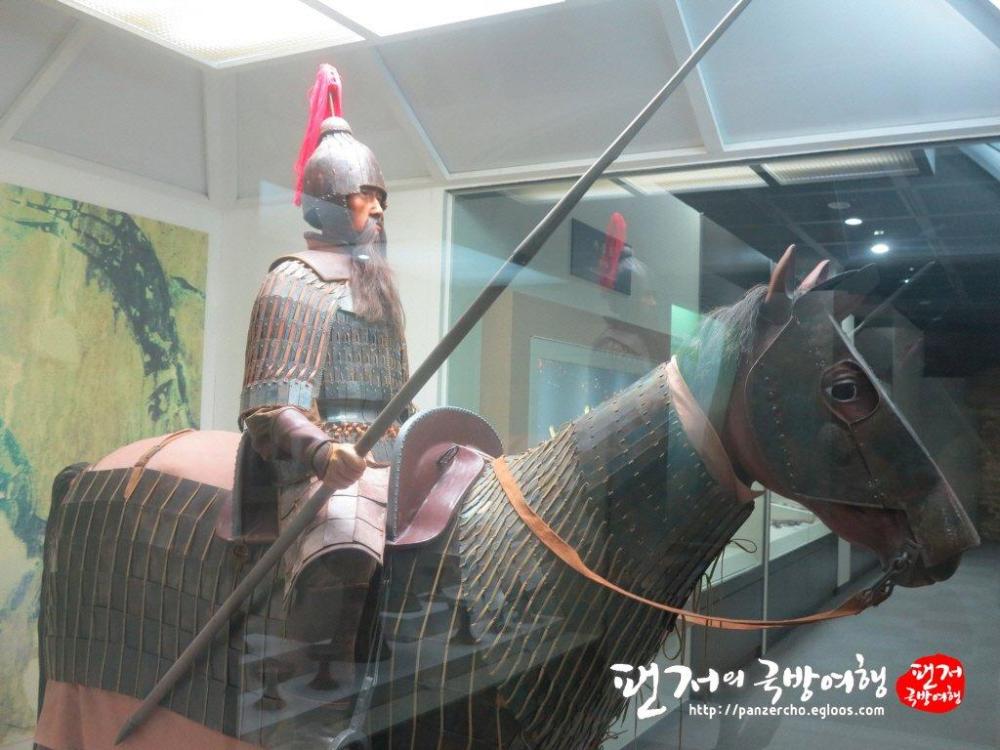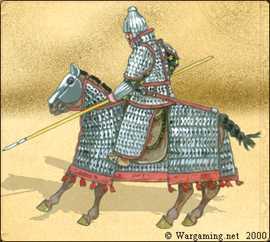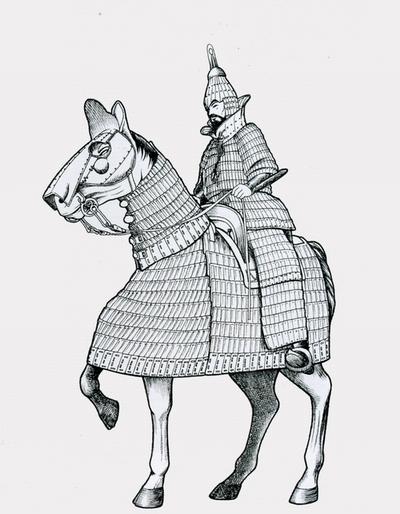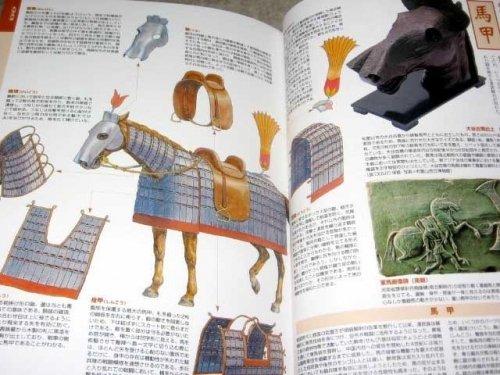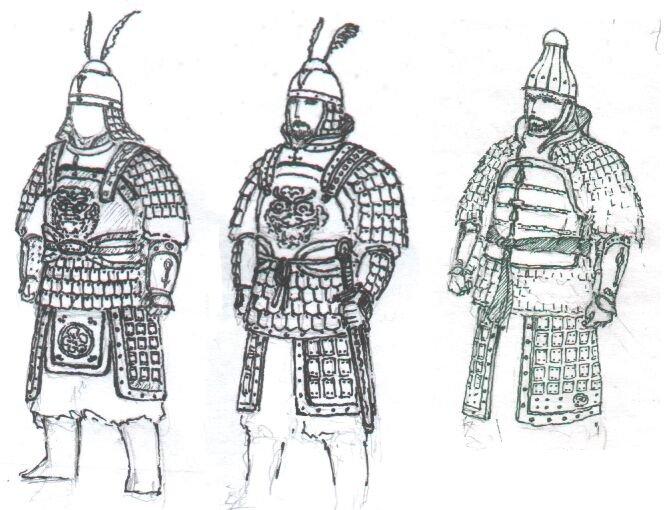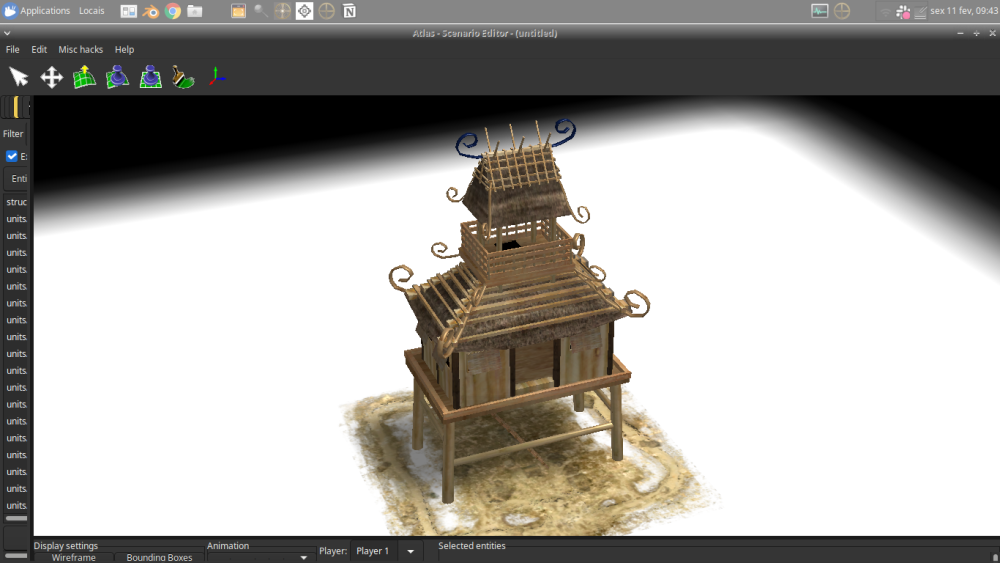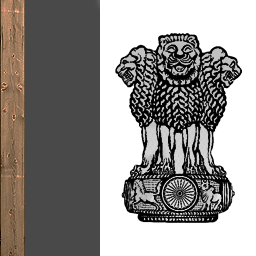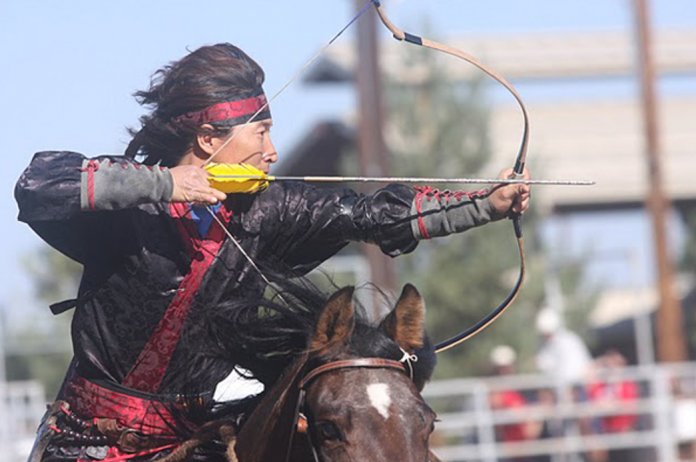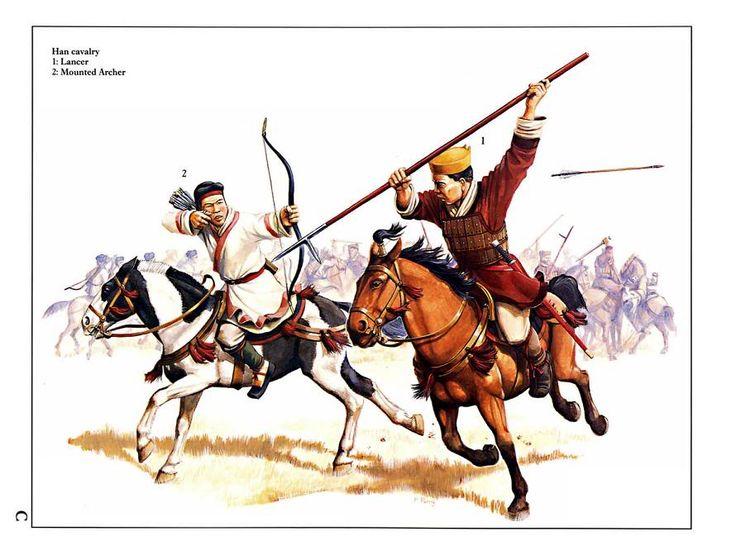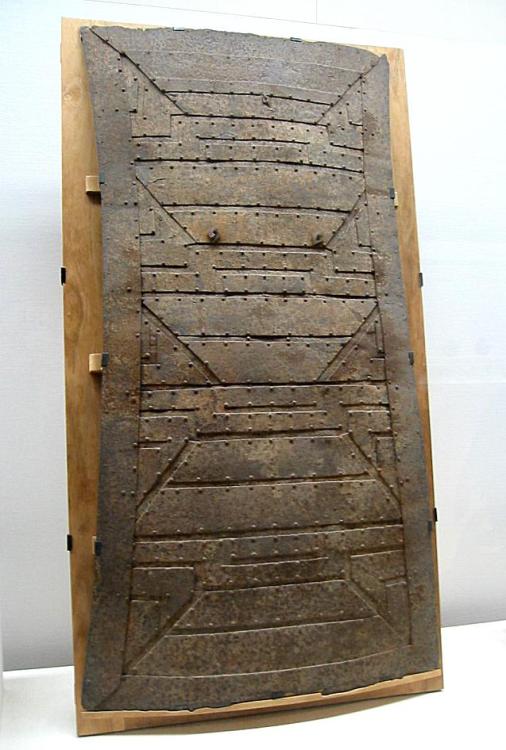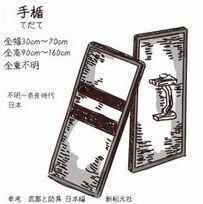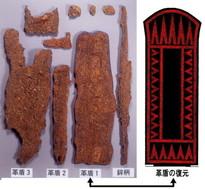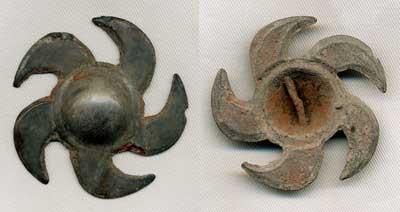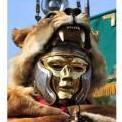Leaderboard
Popular Content
Showing content with the highest reputation on 2022-02-12 in all areas
-
2 points
-
2 points
-
this group was so good that I was even copied by modders from Total war center Forums.2 points
-
2 points
-
basically it was the first mod for 0 AD with the theme for a complete new civilization. Created by Scion Studios by Rob @Kimball . https://www.moddb.com/mods/rote/news/0-ad-rise-of-the-east-debut2 points
-
I think the Han in this alpha could show what kind of love could be given to the other civs subsequently.2 points
-
2 points
-
My curiosity is, how is smurfing still possible: all my attempts to create a smurf account has failed; each time I either get an authentication error or my main account being banned. Is the moderator just targeting me or does this apply to everyone but some people have clever ways to bypass?2 points
-
2 points
-
Introduction. an important issue has come up and it is about gathering all the faction symbols (from shield symbols, banners etc.), made in vector format. the reason is for recycling and storing them in a catalogued and orderly manner. this need arose from the need to have symbols at hand to be reused.1 point
-
1 point
-
1 point
-
1 point
-
1 point
-
I'll definitely use your eagle, as the solid shapes work better than linework.1 point
-
1 point
-
Second "ZhongGuo", which is the pinyin for the word "China" in Chinese, if Han mod is to be included.1 point
-
Another mercenary suggestion would be to replace their "Han" cavalry archer with a Xiongnu Horse Archer.1 point
-
1 point
-
Thanks for the bug report @Purgator_! https://trac.wildfiregames.com/changeset/263451 point
-
1 point
-
I see, that makes sense. Yes, almost like a case study for civ differentiation. If people like the gameplay from the Han civ, I could see at least bringing back the stoa, and adding functionality to theaters (like what @LetswaveaBook mod does). Honestly, every civ could do with at least some unique techs.1 point
-
This artwork is amazing! Congratulations for all the devs' hard work! All these units look really cool too. Just after looking at the mod in gitHub, I can tell there is a lot of new and interesting content for the Han civ. They seem to have a lot of citizen soldiers and champions already, with unique technologies, buildings, siege units, and support units. I have no problem with all the differentiating aspects so far, and I like how the civ looks so far. Do they really need more units? On the other hand, maybe a limited mercenary lineup as seen with Athenians is appropriate after all. Really, my only concern is it now looks like the Han have received a lot more love than the other civilizations (at least it looks like it after surveying the buildings, technologies, and units available). In any case, it seems like the Han will have several options for playstyles, which is exciting.1 point
-
Buenos días o tardes; -Las cotas de mallas y los linothorax eran escasos y solo se los podían permitir los aristócratas ,jefes ,grandes guerreros y clases altas (la élite) , por eso propongo que solo los puedan usar las unidades campeonas, las cotas de malla oscura las usarían el" infante espadachín campeón " , la cota de malla clara la usaría la caballería campeona y el linothorax lo usarían el "infante emboscador campeón". -De esta manera se recrea fielmente la accesibilidad y realidad del armamento y se acentúan las diferencias entre unas unidades y otras , haciéndolas más únicas y especiales. Disculpen las molestias*1 point
-
I might be missing sth, but how is this a solution to smurfing? If someone doesn't want to show their rating, why would they show these patches?1 point
-
1 point
-
The Dian tribes could not be left out. https://en.m.wikipedia.org/wiki/Dian_Kingdom Dian (Chinese: 滇) was an ancient kingdom established by the Dian people, a non-Han Chinese metalworking civilization that inhabited around the Dian Lake plateau of central northern Yunnan, China from the late Spring and Autumn period until the Eastern Han dynasty. The Dian buried their dead in vertical pit graves.[1] The Dian language was likely one of the Tibeto-Burman languages.[2] The Dian were gradually displaced and assimilated into Han Chinese culture as the Han dynasty expanded towards what is now Yunnan. The Han Empire's annexation of the Dian Kingdom in 109 BCE eventually led to the establishment of the Yizhou commandery.1 point
-
1 point
-
Guangdong (Cantonese for western people) —Painting depicting the court of the Nanyue King. Originally inhabited by a mixture of tribal groups known to the Chinese as the Baiyue ("Hundred Yue"), the region first became part of China during the Qin dynasty. Under the Qin Dynasty, Chinese administration began and along with it reliable historical records in the region. After establishing the first unified Chinese empire, the Qin expanded southwards and set up Nanhai Commandery at Panyu, near what is now part of Guangzhou. The region was an independent kingdom as Nanyue between the fall of Qin and the reign of Emperor Wu of Han. The Han dynasty administered Guangdong, Guangxi, and northern Vietnam as Jiaozhi Province; southernmost Jiaozhi Province was used as a gateway for traders from the west—as far away as the Roman Empire. Under the Wu Kingdom of the Three Kingdoms period, Guangdong was made its own province, the Guang Province, in 226 CE. The collapse of the Qin dynasty caused the dissolution of Qin administration in southern China. Indigenous Yue kingdoms emerged in the former Qin territories, including the Nanyue kingdom in Guangxi, Guangdong, and Vietnam, Minyue in Fujian, and Eastern Ou in Zhejiang. Chinese map depicting the Nanyue Kingdom at its peak. https://wanderwisdom.com/travel-destinations/guangzhou-mausoleum-nanyue-king-museum#gid=ci026e1f47400c245f&pid=guangzhou-mausoleum-nanyue-king-museum-MTc1MTExODI1NTg2Mzk4MzAz Once known as Canton, the town was a prosperous port city along a tropical frontier region beset by disease and wild animals, but rich in oranges, banyan, bananas, and lychee fruits, they traded slaves, silk and chinaware with Persians, Brahmans and Malays in exchange for their renowned medicines and fragrant tropical woods. Yue People. —Statue of a man with typical Yue-style short hair and body tattoos, from the state of Yue https://en.m.wikipedia.org/wiki/Baiyue The Cantonese people (廣府人; 广府人; gwong fu jan; Gwóngfú Yàhn), or Yue people (粵人; 粤人; jyut jan; Yuht Yàhn), are a Yue-speaking Han Chinese subgroup originating from or residing in the provinces of Guangdong and Guangxi (collectively known as Liangguang), in Southern Mainland China. Although more accurately, "Cantonese" refers only to the people from Guangzhou and its satellite cities and towns and/or native speakers of Standard Cantonese, rather than simply and generally referring to the people of the Liangguang region.[2] By the time the Qin fell in 221 BC, Zhao had also conquered the provinces of Guilin and Xiang. He declared himself King Wu of Nanyue (Southern Yue).[39] Unlike Qin Shi Huang, Zhao respected Yue customs, rallied their local rulers, and let local chieftains continue their old policies and local political traditions. Under Zhao's rule, he encouraged Han Chinese settlers to intermarry with the indigenous Yue tribes through instituting a policy of “Harmonizing and Gathering" while creating a syncretic culture that was a blend of Han and Yue cultures. Military campaigns were launched against the Baiyue under the reign of the Han emperor Wu.[11] The Eastern Ou Kingdom requested Han military assistance when Minyue invaded the kingdom in 138 BC.[12] Supreme commander Tian Fen opposed Han intervention. Tian told the emperor that the Yue tribes could not be trusted. Battles between the Yue tribes occurred frequently, and Tian believed that protecting them was not a responsibility of the Han court.[13][14] The Han official Zhuang Zhu convinced the emperor to intervene in the war. Zhuang's argument was based on the emperor's role as the Son of Heaven, a concept in Chinese political philosophy.[5][14] In Sima Qian's Records of the Grand Historian, Zhuang is reported to have said: The only thing we should worry about is whether we have strength enough to rescue them and virtue enough to command their loyalty... Now a small country has come to report its distress to the Son of Heaven. If he does not save it, to whom can it turn for aid? And how can the Son of Heaven claim that the rulers of all other states are like sons to him if he ignores their pleases?[14] The Minyue surrendered after a Han naval force led by Zhuang Zhu was dispatched from Shaoxing in northern Zhejiang,[13] and withdrew from Eastern Ou.[15][14] The Yue tribes of Eastern Ou were transferred to the north, between the Yangtze River and Huai River.[13] A second intervention was launched in 135 BC after Minyue, ruled by Zou Ying, invaded Nanyue, ruled by Zhao Mo.[10] Nanyue had been a Han vassal since 180 BC. Zhao asked the Han for their support,[10] and the emperor responded by sending an army led by Wang Hui and Han Anguo against Minyue.[16] Zou Ying was assassinated with a spear by his younger brother Zou Yushan, who plotted against the ruler with the royal family and prime minister. Ying beheaded the corpse and gave the head to a messenger, who delivered it to Wang as a sign of Minyue's surrender.[16] After the assassination, Minyue was succeeded by a state divided into a dual monarchy composed of the kingdom of Minyue, controlled by a Han proxy ruler, and the kingdom of Dongyue, ruled by Zou Yushan.[13] As general Yang Pu returned north with his soldiers after the Han–Nanyue War in 111 BC, he requested the emperor's permission to annex Dongyue. The emperor refused after he considered the morale of the troops. Zou Yushan had promised to supply an army to assist the Han in their war against the Nanyue.[17][18] The army never arrived and Zou blamed the weather conditions, while secretly maintaining a diplomatic relationship with Nanyue.[18] https://en.m.wikipedia.org/wiki/Southward_expansion_of_the_Han_dynasty Zou began a rebellion against the Han after learning of Yang's plot against him. A Han military campaign was dispatched and led by General Han Yue, General Yang Pu, military commander Wang Wenshu, and two marquises of Yue ancestry.[14] The revolt was repressed and the Han annexed Dongyue in the last months of 111 BC, conquering the remaining territory of the former Minyue.[17][19] Sima Qian records that the entire population of Dongyue was exiled,[19] a claim that is implausible.[13]1 point
-
1 point
-
1 point
-
Initial structure thought for a special construction (town or city phase)=> Santuario Tower, it can provide bonus in health and "morale" for troops and units around, based on sources initially provided by @Sundiata The structures are being made and gradually updated, I'm a little tight on time because I'm finishing my studies and changing my profession XD, but modifying the 0ad is my best way to pass time (apart from hanging out with old friends from high school and drinking cheap beer playing 2000s games). --- Any help on textures for the units would be appreciated. ---1 point
-
1 point
-
https://trac.wildfiregames.com/changeset/263411 point
-
1 point
-
1 point
-
If it's a Korean mercenary scout it could be on a regular horse, leave the native cavalry to the Yamatos in the future.1 point
-
I think the best place to hire him would be in a dock, my fear is to limit Wakoku cav to land maps, but honestly I think they must really be a civ without cavalry only limited to their mercenaries, I'm thinking of leaving their javalineers as hunters/explorers with bonuses for hunting and fast, something similar to what exists in the Zapotecs.1 point
-
Koreans have horse archers similar to early han. You can compare. Goryeo dynasty horse archer. Horseback Archery includes all martial arts fighting with a weapon on the horseback. It is since 4 centry when a stirrup came out that a martial art took form. It is thought that in Korea, horseback archery was used for hunting animals and displaying along with growing horses since 5~6 BC, with a fine horse coming into being in Buyeo and there were cavalry soldiers using bows arrows, swords and spears and so on. High-speed mounted warfare is a very important part since three kingdoms of ancient Korea and most important martial art in the fastest mobility, information power and an-all out war during wartime. In Goryeo Dynasty martial artists palyed Kyeokgu to practice martial arts, which is assumed to have been transmitted to Goryeo over three kingdoms of ancient Korea as Polo originated from Persia was transfered to Qing Dynasty of China. It is the only sport military officiers enjoyed.1 point
-
I will change the civ name to the new proposed name. I will make two long shields, one rectangular and one rectangular with a trapeze tip.1 point
-
Stone arrowheads unearthed by archeologists suggest that bows and arrows have been used in Japan from as far back as 10,000 BCE, and it was used indeed as a weapon by the Yayoi period (c.300 BCE–300 CE), when fighting and war became frequent and widespread. Early bows were quite simple; they were called Maruki (丸木) and were made of plain wood like atalpa, zelkova, sandalwood, yew or mulberry and were lacquered or wrapped with bark thongs, to increase their durability in the Japanese climate. They were also straight bow. https://gunbai-militaryhistory.blogspot.com/2017/07/yumi-japanese-bow.html?m=11 point
-
Tate & Tedate (盾 & 手盾) - Japanese Shields. From descriptions in Chinese dynastic record, archaeological evidences and surviving examples we have a lot of information about hand held shields (Temochi tate or Tedate - 手持盾 or 手盾 ) used from the third to the eighth century. These shields were either made of wood, iron plates riveted together or several layers of lacquered rawhide. They were almost all of the time rectangular in shape, 100 to 150 cm in length and 50 to 70 cm in width. Like all the types of Japanese hand held shield, they had a wooden handle in the centre. Hand held shield were used in combination with swords, spears or axes in close combat situation. A riveted iron plates Tate shield from the Kofun period These shields usually called Tate (盾) were either held by their pole or carried by hands by the soldiers. When retreating, they were usually "worn" or placed on the back of the soldiers to protect them. Typically, shields of this sort were lined up, sometimes overlapping like roof tiles, to form a portable wall that protected archers on foot. They were also placed atop the walls of fortifications and hung from the sides of boats. On occasion, they served as substitutes for other tools, such as benches or ladders. http://gunbai-militaryhistory.blogspot.com/2017/12/tate-tedate-japanese-shields.html?m=11 point
-
The use of hand shields dates back to the Yayoi and Kofun eras of Japan (300 BC to 538 AD). Many examples are excavated whole or in part along with their accompanying Bronze Age swords, bows, spears and armor. Along with that the clay figurines, Haniwa, exhibit shields exclusively among the “warriors” of the era. It can be assumed that from those examples that shields played a very important part in the early military of Japan. This kept up a steady pace until the warring states era in Muromachi (14th-16th century; early Sengoku era.) At this point, there were still a variety of shield sizes to be had, largely depending on what your job on the theater of battle was. The majority were longer, covering the body, hand held with a simple handle on the back. These were made a variety of ways and came in different sizes, long and short, small and large. Small shields could be easily carried on horseback and were popular for cavalry. Longer shields were for the front lines could have a propping leg to stand them up, and move them forward in advance when necessary. As war changed, popularity waned and they became “obsolete” (later examples of them still do exist as part of armor, however, just not the same.) https://ebadojo.weebly.com/125021252512464blog/-jidate-and-tedate-japanese-hand-shields1 point
-
Whorl-shaped bronze shield ornament A whorl-shaped bronze ornament with five arms twisting to the left, and a dome-shaped central boss. A rod-shaped handle is housed within the boss. The state of preservation is exceedingly good, and red iron oxide has been detected on both the interior and exterior surfaces. Diameter 5.6 cm. http://archaeology.jp/sites/asahi/index.html1 point
-
1 point
-
1 point
-
I'm very tired of that Choson civ from AOE and their Legionaries, it's time to make justice.1 point

.thumb.png.ce58cea22940c255f5b0a735d5abee36.png)
